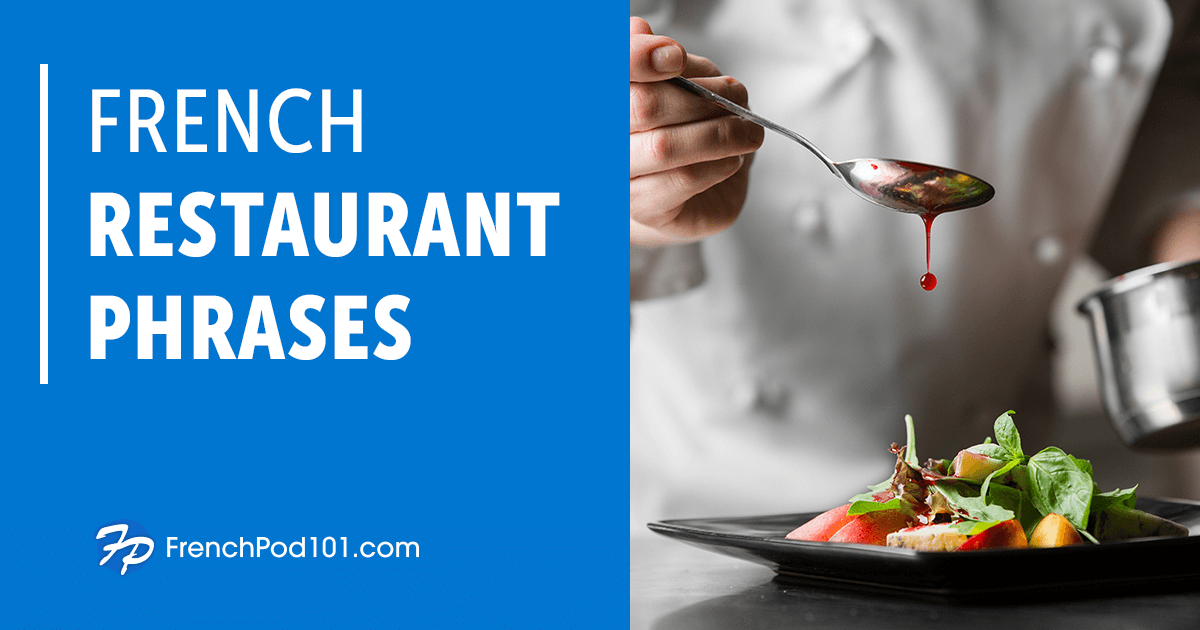French comes from the Romance language family of the Indo-European languages, which is divided into various groups of languages. French is a Romance language because it descends from Latin, the language of the ancient Romans.
Historians have traced the earliest development of the French language to just after the Neolithic period (considered to be the last part of the Stone Age) and to three groups of people:
- The Ligures (located in Provence, a region on the Mediterranean coast, and the northeastern part of Italy),
- The Ibères (from the Languedoc region located in southern France near Spain),
- The Aquitains (from the southwestern region of France).
Each group left some traces in modern French as suffixes in names of places, such as -ax, -ox, and -us, which were inherited from the Ligures.
Before the Romans invaded the actual French territory, France was known as La Gaule. Numerous tribes speaking le Gaulois (Gaulish) composed of Celtic dialects probably close to le Breton (still spoken today in the region of La Bretagne or Brittany located in western France), inhabited La Gaule.
Some traces of Gaulish influence are still present in the French spoken today; for example, these traces include the Gauls’ ancient way of counting people by twenty. In modern French, we still have quatre-vingt (80), but there were also six-vingt (120) and quinze-vingt (300).
Once the Romans conquered the Gauls in the second and first century BC, vulgar Latin (which the common people spoke, as opposed to literary Latin, which the upper classes spoke) rapidly dominated.
Its success was due to:
- Its resemblance to Gaulish,
- Its social prestige, because Latin was considered the language of civilization,
- Its use in the government and in schools open to Gaulish people,
- Its use in the army to recruit the recently invaded inhabitants,
- Its use for communication in business.
In the fifth century AD, the Franks, a group of Germanic tribes from the Northern Sea and the region near the Rhine River, began their invasion of Gaul, but they too were Romanized (as the Gaulish people) by accepting the Roman Empire. Even though sometimes at war, the Germanic tribes also traded and established military alliances and cultural exchanges. With its decline, the Franks became more and more important by melting into the Romano-Gallic population that would later carry their name, Les Francs.
With this multicultural population of the Gauls, Romans, and Franks, the language diverged into:
- The language of Oil, a mix of Latin and the Franks’ language, le Francique, north of the Loire River,
- The language of Oc, close to Latin, spoken south of the river (Bourgogne, Savoie, Dauphiné),
- In the middle, a mix of the previous two languages, the Franco-Provençal.
Although modern French inherited several hundred words of Celtic origin and several hundred more of Germanic origin, it owes its structure and the greater part of its vocabulary to Latin.
Want to learn more about the history of the French language?
Check out this FREE lesson: History of The French Language and Top 5 Reasons to Learn French













